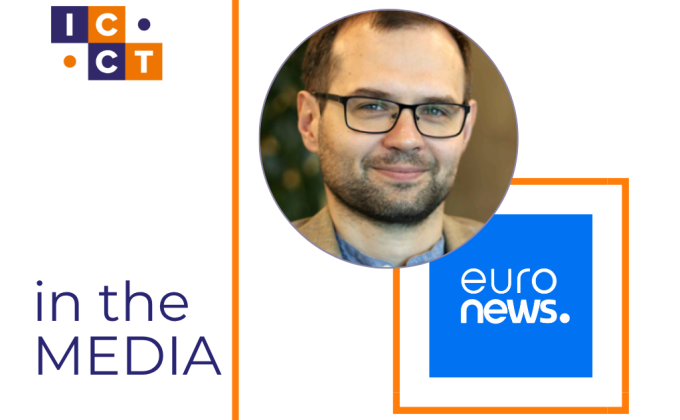As a service to ICCT's readers, ICCT Associate Fellow Dr. Donald Holbrook summarises key points of his work and makes suggestions for further reading.
Research Summary
‘What types of media do terrorists collect?’ analyses religious, political, or other ideological media publications that were uncovered in police investigations relating to individuals convicted of involvement in Islamist-inspired terrorism in the UK between 2004 and 2015. Data related to 44 individuals were examined and 1,700 unique titles were identified that were graded to detect nuances in content.
The study found that all subjects had collected ideological content, predominantly in English. Audio files, especially recordings of lecture series and sermons, were especially popular. Only a third of the material graded was extreme, whilst almost half was moderate, conveying no justifications for violence. The latter included material that directly condemned violence and extremist interpretations of religion, suggesting (would-be) terrorists’ knowledge of ‘counter-narratives’ is greater than often assumed. Most extremist publications conveyed very little detail about the violence that was being endorsed, concentrating on why violence was justified, not how it was to be executed. A relatively small number of authors, distributors and organisations appeared to be responsible for a large share of the extremist content and there is much repetition between cases. These publishers included entrepreneurs who sometimes acted as gatekeepers to a written narrative that was not originally authored in English. Some entrepreneurs, it was found, had altered the meaning and direction of the original message. Overall, stories, particularly fables from the past, were common, especially those by Anwar al-Awlaki and Abdullah Azzam, suggesting notionally dated material continues to be popular. The study concluded that the repertoire of media publications which terrorists have sought to collect is much more diverse and complex than has often been argued.
Recommended Reading
This research concentrates on the ideological ‘demand side’ of Islamist extremism within a particular locale. Invaluable contributions continue to map how the ‘supply side’ of jihadi narratives continues to evolve, especially with the territorial demise of ISIS, how it is transmitted, and how it may be countered. Recent research has also shed light on how these dynamics are shaped by the changing nature of terrorist networks, globally and within Europe. Individuals’ preoccupation with this media, in turn, points to more profound construction of social bonds through a shared sense of culture.
Further and Related Work
The research paper described media content found in ten investigations involving 44 convicted individuals. The next steps are to expand this work, enlarge the dataset and explore temporal changes that might emerge, paying particular attention to the impact of ISIS, and comparing different ‘types’ of cases (such as foreign fighters versus domestic terrorists).
I am also interested in ways in which subjects consumed media content and the context and sequence of this interaction. I also hope to explore theoretical dimensions related to this interest in extremist media, especially in relation to notions of sub-cultures and the emergence of social networks within which extremist ideological interpretations are promoted and shared.
Finally, I have endeavoured to make some of the primary source material available to interested students and researchers through a recent edited volume.
Read the full research paper here.






